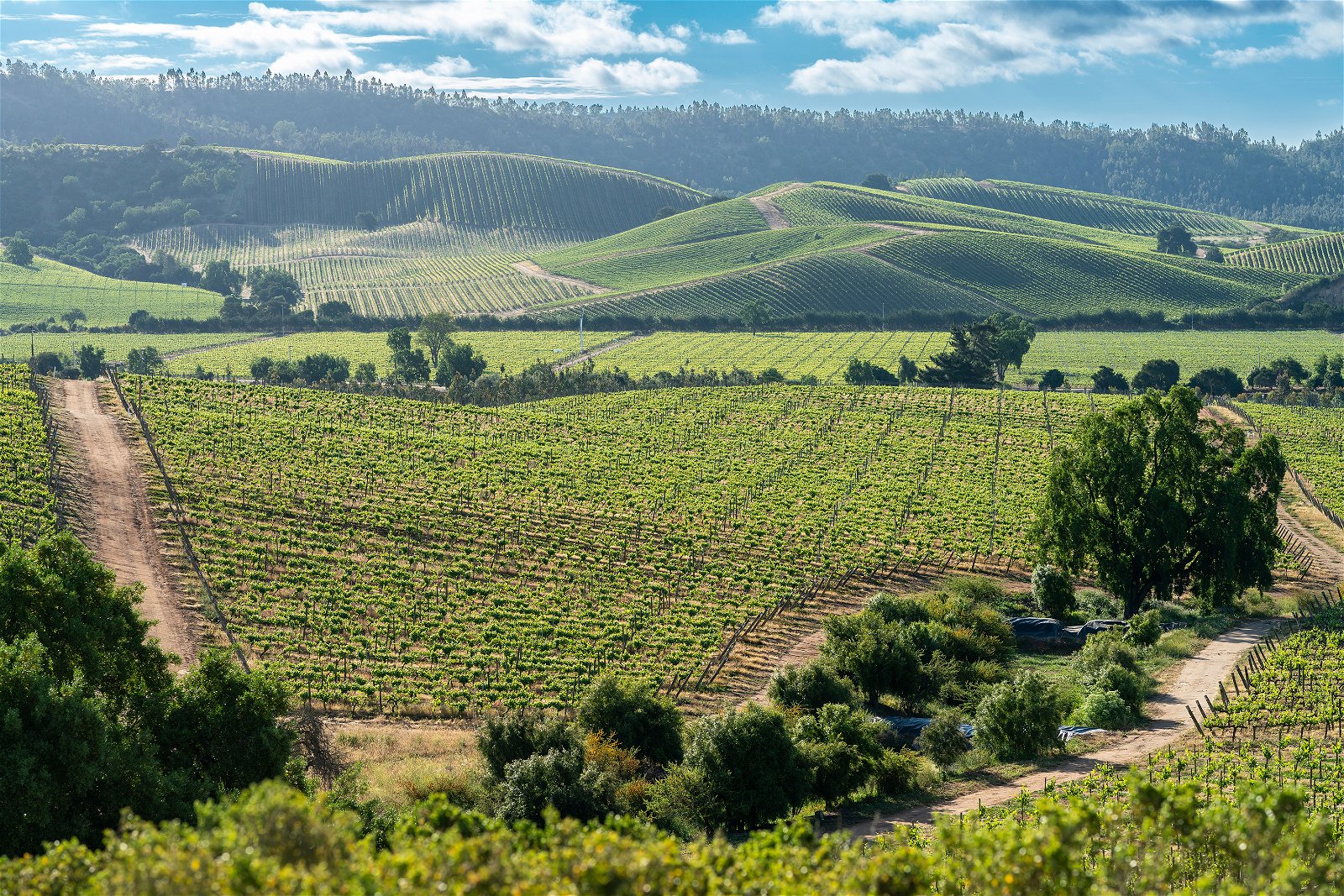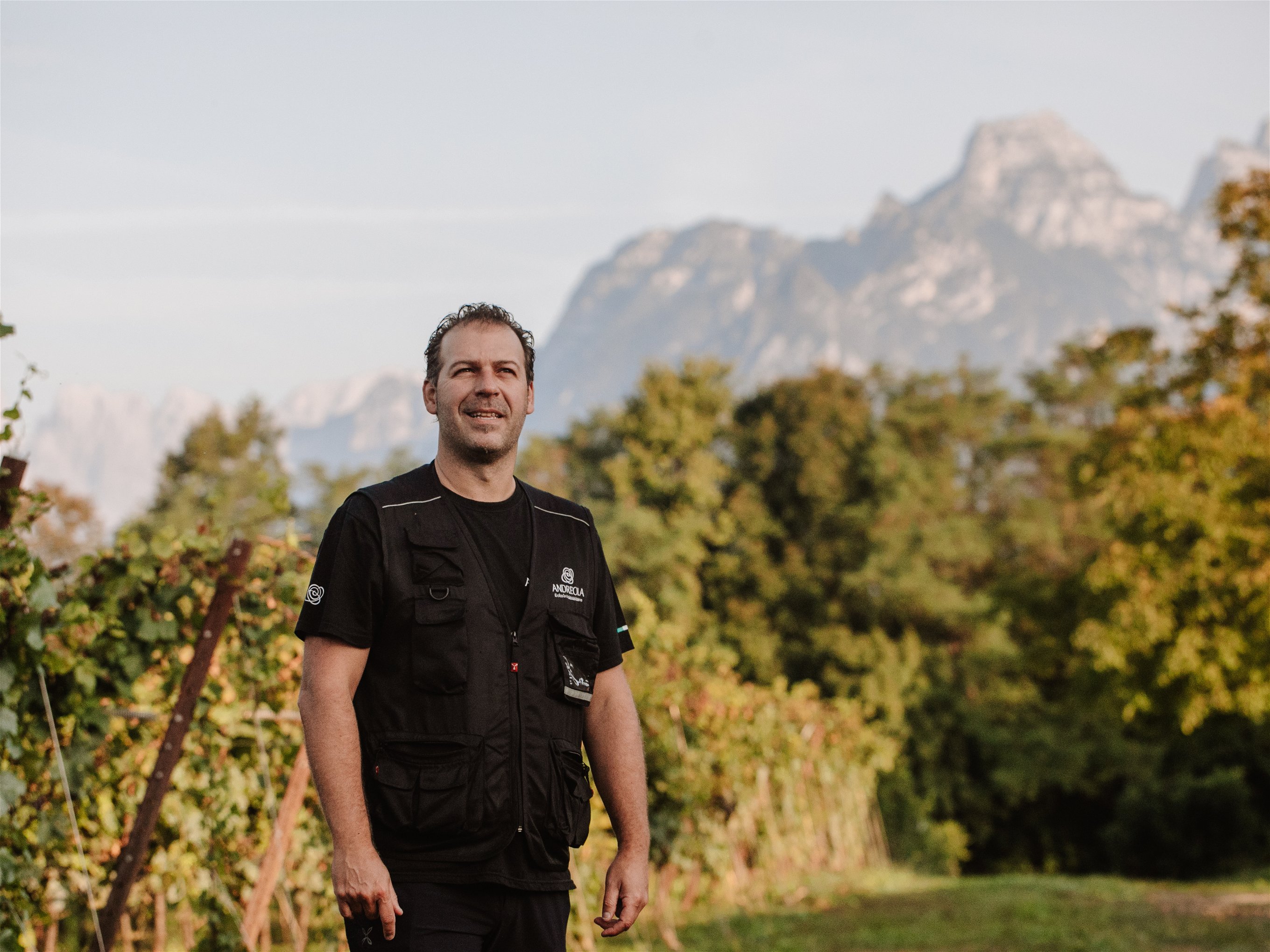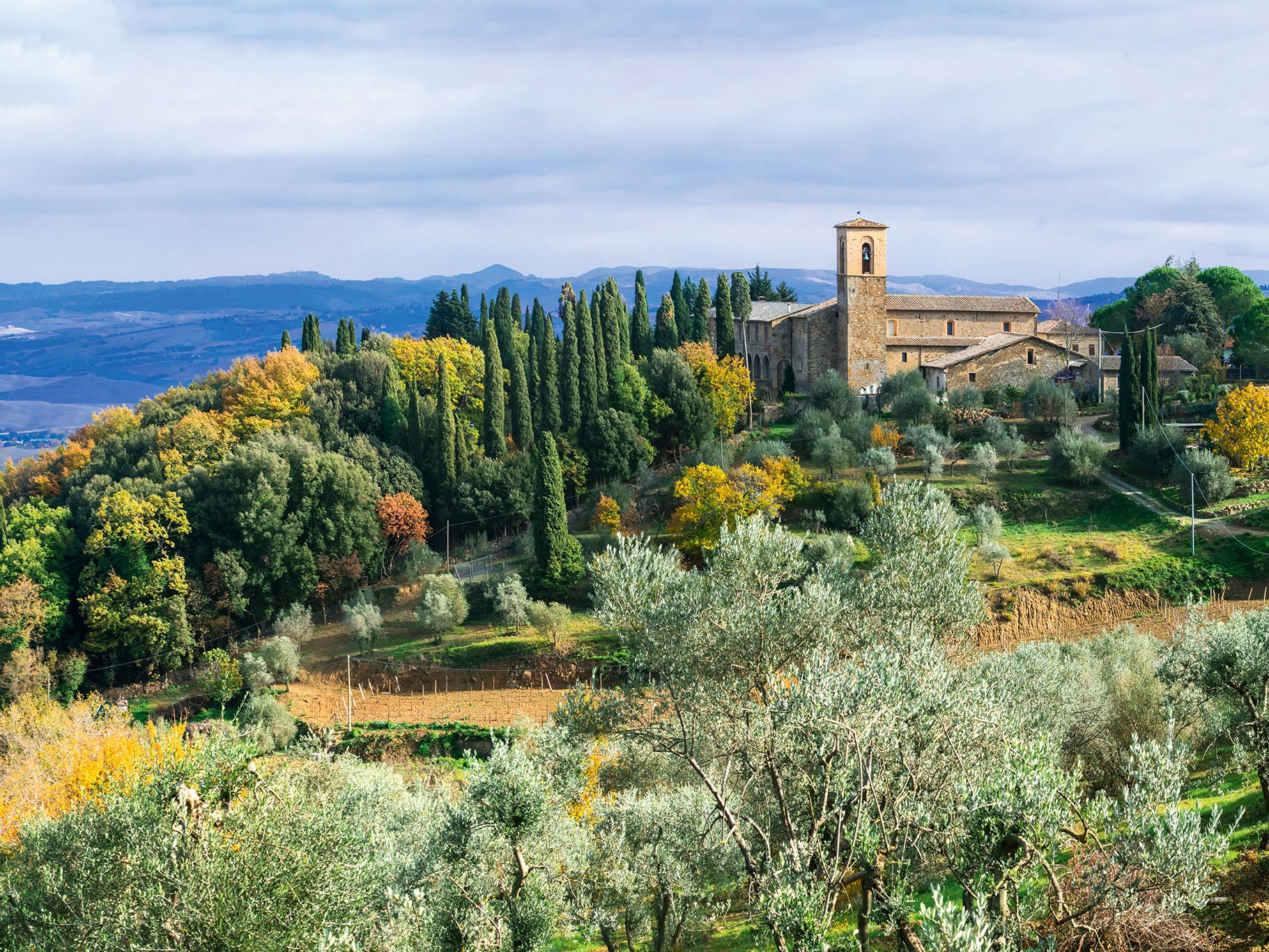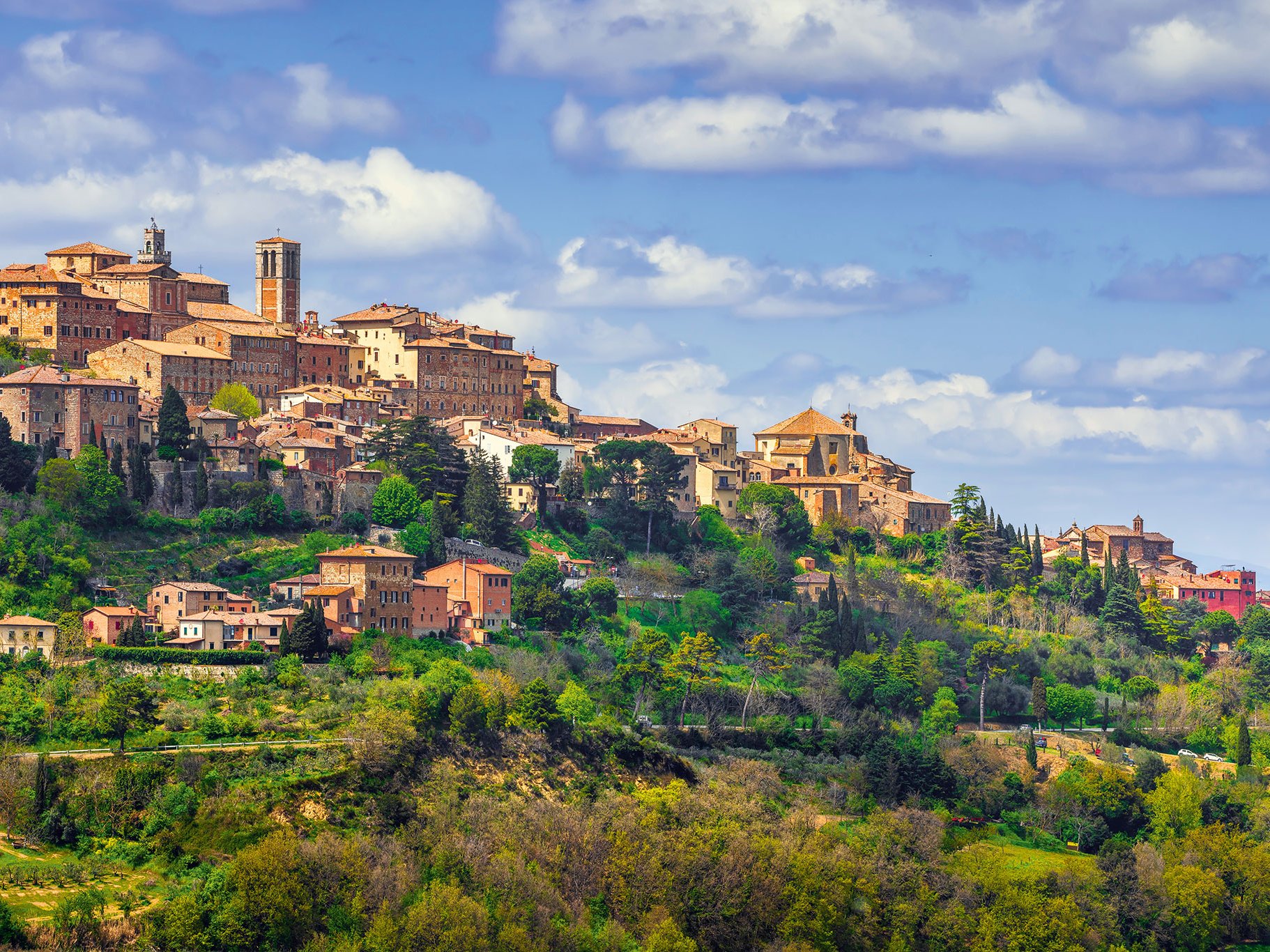The small Casablanca Valley marks a turning point in Chile's viticultural history. Whereas until the 1980s most vineyards were planted in the warm valleys south of the capital Santiago, the Casablanca Valley was discovered to have an extremely cool climate by Chilean standards.
The Casablanca Valley, 75 kilometers northwest of Santiago, is located near the sea and is one of the very few valleys that do not run parallel to the coastal cordilleras but, open to the sea, from west to east. When the warm midday sun causes the warm air inland to rise, a suction effect is created that draws the cold air of the Pacific Ocean far into the valley. The Casablanca Valley is thus a true "cold climate" in which very high-quality grape varieties can thrive that otherwise only produce the best qualities in the cool areas of Europe, such as Pinot Noir.
Since then, viticulture has boomed in the small valley. The vineyards are in great demand, especially among the top producers, and are now among the most expensive in Chile. The main grape variety is still Chardonnay, but on the clay and sandy soils in the cool climate, Sauvignon Blanc in particular produces excellent results and has therefore become a kind of trademark of the Casablanca Valley.
The vineyard area of Pinot Noir is constantly growing, as this special climate also suits it very well. Good results for the future can also be expected from the varieties Riesling, Viognier or Cabernet Franc.













